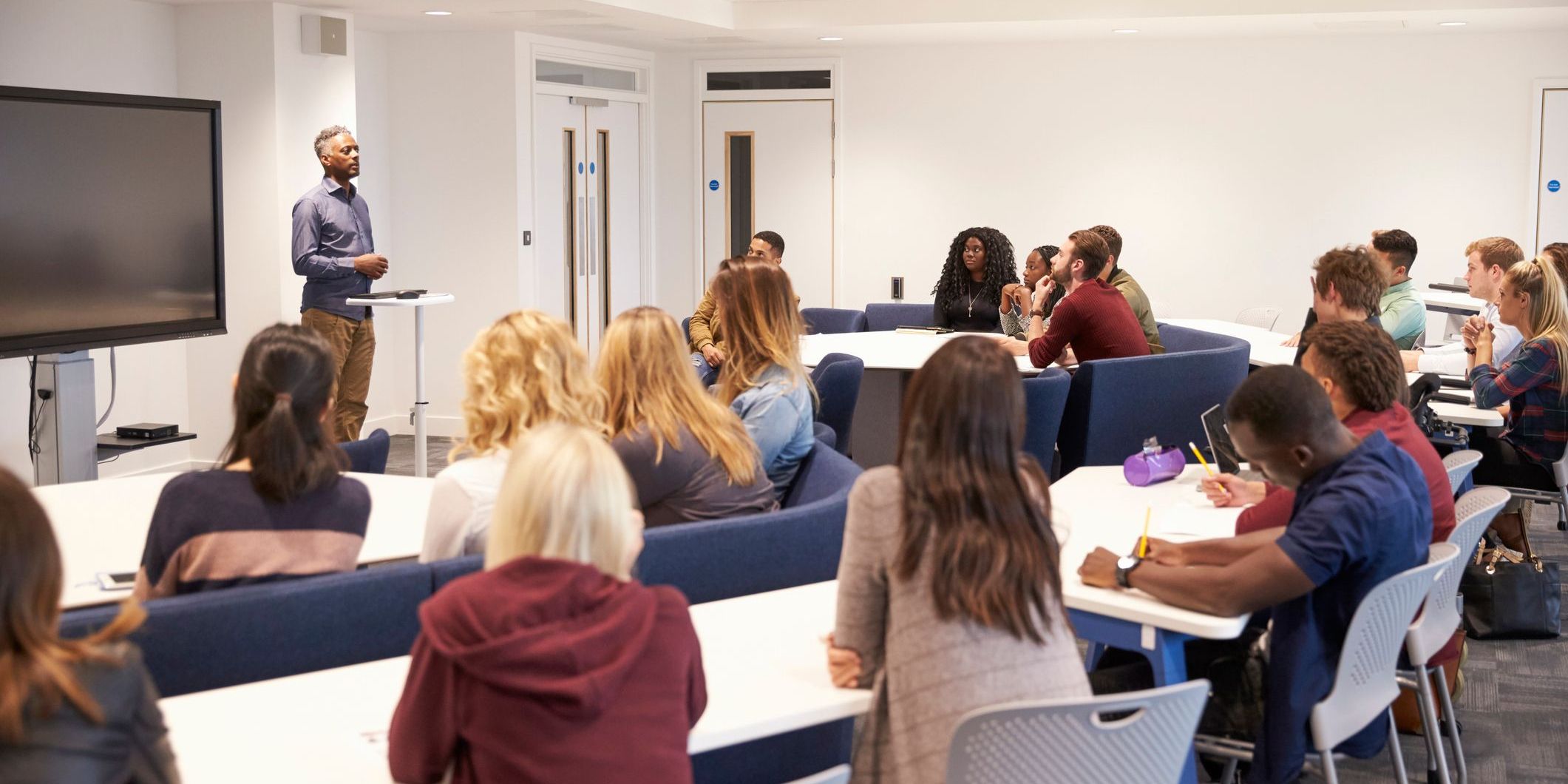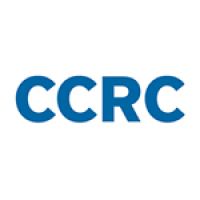By Claire Wladis, Maggie P. Fay, and Alyse C. Hachey
Colleges tend to frame the time and energy that students invest in their studies as a choice, as though these resources are equally distributed and unconstrained by different life circumstances. This does not reflect the reality of many students, particularly the most marginalized students, who often have substantial constraints on their time and energy resources, in part as a result of structural inequities.
So far, these factors have been largely overlooked in educational research, interventions, and college support structures. In research published recently in AERA Open, we describe how educational institutions can rethink their culture, policies, and practices to take time and energy resource inequities into account.
In this research, we talk about time and bodily energy as finite resources that can be used up in different ways and call these types of resources “capital,” a term that has been used in sociology and economics to describe a resource that can be saved, used up, or exchanged for other resources (such as money). For instance, time and energy, when considered as capital, can be spent on college or on work or caretaking responsibilities, or they can be used up by other external factors such as disability or illness, external stressors, or even college bureaucracy. We think of time and energy (i.e., body capital) as a pool of resources that are limited and can be used up: The emptier the pool, the less time and energy someone has to invest in college (or other important life tasks). Time and body capital can drive educational inequity in different ways.
Students can enter college with less time or body capital because of their life circumstances. Today, many students have lower time capital for college because they have to work to pay for living expenses. Students can have less body capital because of disability or illness or because they have substantial environmental stressors. For example, in recent years, research has illustrated how the psychological and physical stressors of food and housing insecurity can produce negative educational outcomes.
In addition to having differing amounts of time or body capital, students can also enter college with types of time or body capital that are stigmatized in higher education. For example, students who have to work low-wage jobs often have an unpredictable schedule. This can be difficult in its own right, but it is particularly problematic if colleges only offer courses with set schedules rather than flexible options such as asynchronous online courses and self-paced mastery-based courses. Also, students with chronic illness or disabilities may not be able to physically come to campus or may be unable while on campus to travel far between buildings; however, they may succeed in college if classes and services are offered remotely or are centrally located on a ground floor. Further, students who are English language learners, introverted, neurodiverse, deaf, or hard of hearing may thrive in environments where written communication is stressed over verbal communication.
Students can also vary in the amount of time or body capital they need to achieve the same educational outcomes. For example, more economically disadvantaged students often have lower quality K-12 educational experiences, which means that they may need extra time in college to achieve the same outcomes as peers who had access to better K-12 schools. Students in developmental courses often need more time to complete college work, in terms of both hours per week and the number of terms to complete a course sequence. Students in STEM majors often have to take longer and more difficult sequences of required courses, which may mean that they need more time to complete a degree. However, financial aid doesn’t take this into account and often only pays for students to take a certain number of credits or to be enrolled for a set number of terms.
Yet, there are ways that colleges can help address time and body capital inequities. Research points out that free childcare, food, mental health services, or financial supports that help reduce work hours may free up time and body resources to be used for college, though these programs are not universal and do not account for all those in need. Other college programs have turned to wraparound 24/7 online support centers, flexible course formats, and competency-based education (where students must meet learning goals but work at their own pace) as a way to serve students who may have lower amounts or different types of time and body capital. Simplifying the financial aid application process and other burdensome administrative aspects of college that distract from academics may also reduce depletion of time and body capital.
In addition to structural changes, cultural changes are necessary. Institutions need to critically consider and modify messaging and practices that may make students with lower amounts or different types of time and body capital feel stressed or ashamed. For instance, research has shown that most college websites have no explicit information about how to include childcare costs in financial aid packages, even though nearly one in four current undergraduates in the U.S. has children. Many programs intended to help students do not take into account their time resources and as a result can stigmatize students who have less time capital. This includes initiatives that focus on student “time management” and programs that require or encourage students to enroll in higher credit loads. When institutions prioritize these programs over other, more inclusive approaches, they are sending subtle messages that under-resourced students are at fault for their lower time capital and that if they cannot increase their time capital on their own, they are not a “good fit” for college.
One way that colleges can address differences in student time and body capital is to adopt the principles of universal design at the college level. Universal design involves ensuring that spaces are accessible to all students, but this has traditionally focused on instructional practices or physical spaces. Universal design can be used at the institutional level to consider how social and cultural practices can be more inclusive for students with differing amounts and types of time and body capital. This may include changing how information is offered on college websites, offering courses with more flexible course deadlines, providing sufficient online and asynchronous course offerings and services, considering adaptations to policies for incomplete grades, reconsidering messaging around time management, and rethinking programs that require or encourage enrolling in heavier credit loads.
Further, the metrics that colleges use to measure success—such as credits earned per term or years to degree—can have the unintended consequence of driving resources toward students with more time and body capital who can make degree progress faster. Success metrics thus need to be viewed with a critical eye to consider whether they align with students’ individual time and body resources, costs, and educational goals. This might include simple alternatives that stress quality of educational outcomes over speed (e.g., mean GPA instead of credits earned per term) or that measure the extent to which students are meeting their own academic goals on their intended timeline. But it should also include measures of how well existing structures are supporting students with diverse types of time and body capital (e.g., the number of hours per week that students have for college, student ratings of accessibility, or the extent to which financial aid meets actual student need). Thinking about daily college operations from the perspective of students with limited amounts and diverse types of time and body capital may provide new opportunities to better support all students.
Claire Wladis is a professor at Borough of Manhattan Community College and the Graduate Center at the City University of New York, Maggie P. Fay is a senior research associate at CCRC, and Alyse C. Hachey is a professor at The University of Texas at El Paso.





